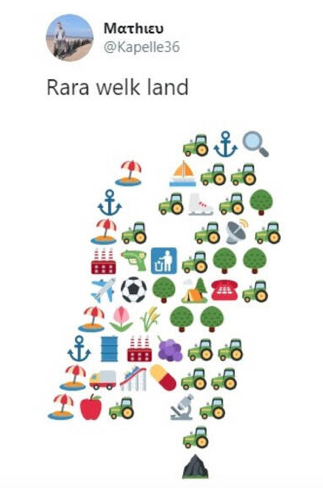
Every once in a while fun stuff, rather than controversial or nasty stuff, does the rounds on Dutch Twitter. One user names Mathieu from the province of Zeeland came up with an emoji map of the The Netherlands.
The mountain is for the Sint-Pietersberg mountain in Limburg, the only mountainous part of the country. The mountain border Belgium and Germany – I ran up them this summer, it’s beautiful.
There’s parasols for coastal resorts and beaches, an airplane for Schiphol, tractors for many farming regions, tulips for Lisse, South Holland and a skate for Heerenveen, Friesland. My guess is that the phone is for Apeldoorn (tax office), microscope for Eindhoven (why not a lightbulb?) and a roller coaster for the Efteling.
Nos.nl tells us that the telescope in Drenthe stands for the big radio telescope in Dwingeloo and the dust bin stands for Almere – someone explain that to us. Feel free to check out Dutch Twitter to see a whole bunch of other versions, including who says ‘patat’ or ‘friet’ (different ways to say ‘fries), sports and politics.
(Link: nos.nl, Image: Twitter)

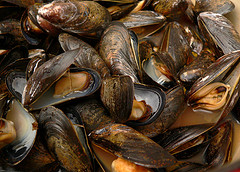
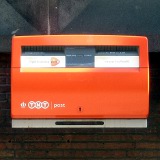 It took a couple of lawsuits to put their prospective gatekeepers into place, but both the Dutch postal code data and the Dutch road map data have been set free.
It took a couple of lawsuits to put their prospective gatekeepers into place, but both the Dutch postal code data and the Dutch road map data have been set free.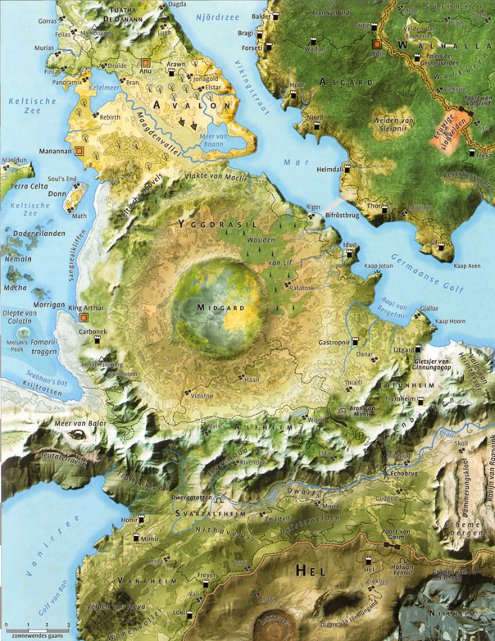
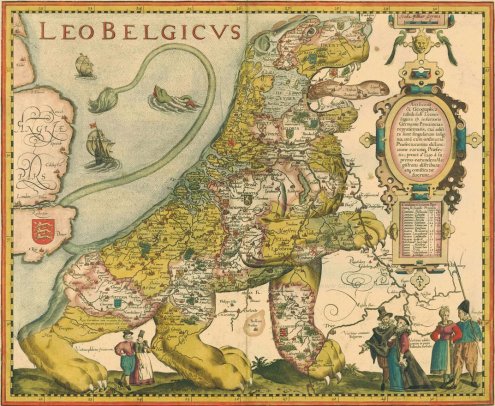
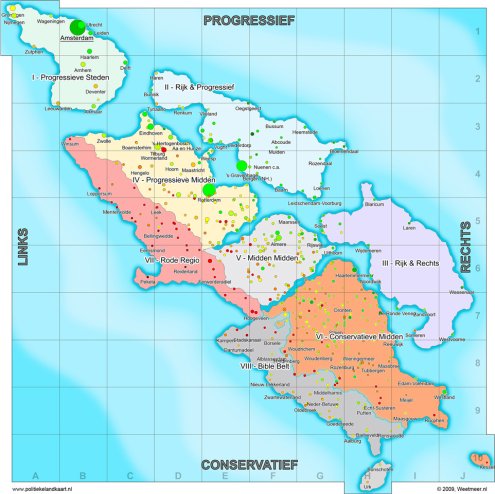
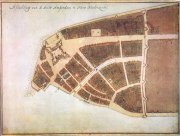
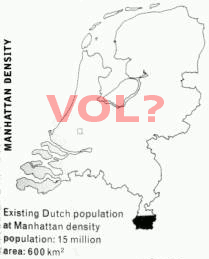 With 16 million people occupying a mere 14,526 square kilometres, the Netherlands is considered a densely populated country. For world-famous architect Rem Koolhaas that isn’t dense enough though. He imagined what the country would look like if the Dutch population density was that of Manhattan (shown here) or Los Angeles.
With 16 million people occupying a mere 14,526 square kilometres, the Netherlands is considered a densely populated country. For world-famous architect Rem Koolhaas that isn’t dense enough though. He imagined what the country would look like if the Dutch population density was that of Manhattan (shown here) or Los Angeles.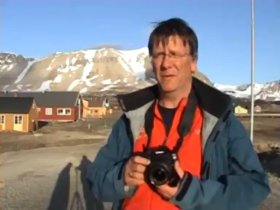 Biologist Maarten Loonen from Groningen figured that it might take a while before the Google Streetview cars and bikes venture deep within the Arctic circle.
Biologist Maarten Loonen from Groningen figured that it might take a while before the Google Streetview cars and bikes venture deep within the Arctic circle. 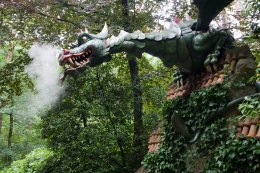 Google has had a
Google has had a